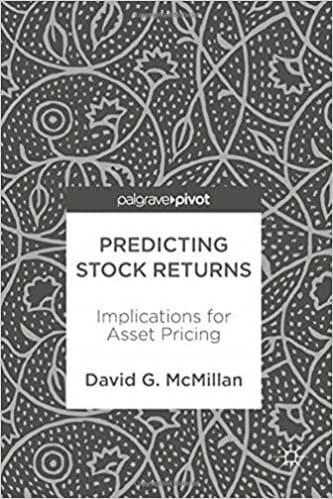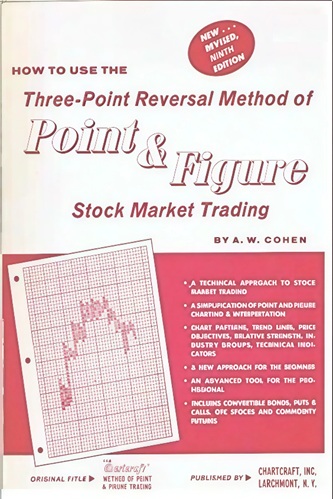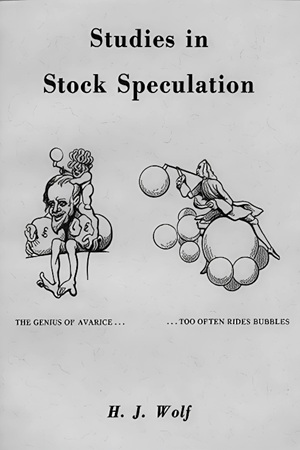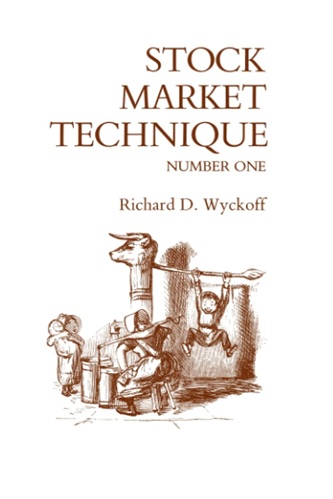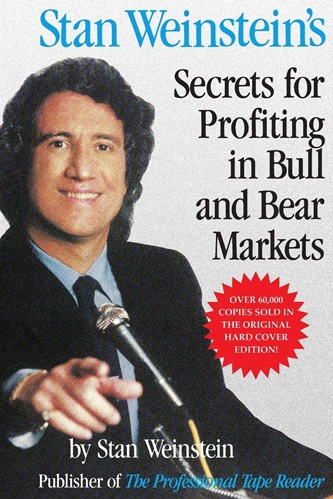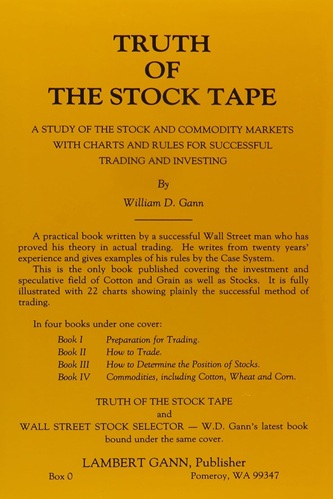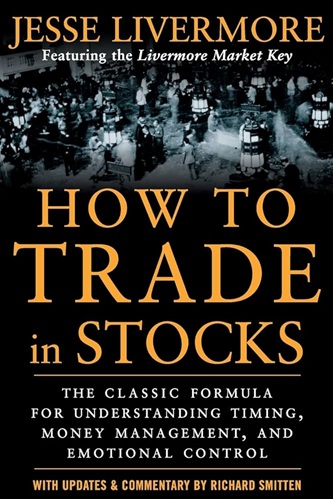Predicting Stock Returns: Implications for Asset Pricing
$23.48
| Author(s) | |
|---|---|
| Pages |
140 |
| Format |
|
| Publication Year |
2018 |
Predicting Stock Returns: Implications for Asset Pricing provides a comprehensive analysis of asset price movement. It examines different aspects of stock return predictability, the interaction between stock return and dividend growth predictability, the relationship between stocks and bonds, and the resulting implications for asset price movement.
Introduction:
The aim of Predicting Stock Returns: Implications for Asset Pricing is to examine the state of stock return predict-ability and the associated dividend growth predictability. Our over-arching aim is to provide an understanding of whether and when such predictability occurs and how this advances our understanding of asset price movement.
In doing so, we focus initially on the predictive and forecast power from the dividend yield as a direct representation of the dividend discount model before expanding to include a range of other variables that proxy for expected macroeconomic risk and cash flow. This includes the use of alternative methodologies (including nonlin-ear approaches) and valuation measures. Again, an overriding theme is time-variation within the model dynamics and its importance in under-standing the behaviour of markets.
Predicting Stock Returns: Implications for Asset Pricing seeks to explore these themes by examining predictability for a range of international stock markets. The aims here are several. First, we seek to consider whether predictability exists in stock returns and/or cash-flow growth.
In doing so, we consider a range of alterna-tive methodologies that take advantage of not only the usual predictive regression approach, but also the underlying cointegrating relation that is hypothesised to exist within the stock price and dividend (earnings) behaviour. Within these modelling frameworks, we also consider the potential for time-variation to exist and whether allowing such time-variation affects the nature of predictability and the balance between stock returns and cash flow. The presence of time-variation would seem a reasonable consideration, especially when viewed over a period of sev-eral decades.
For example, market deregulation during the 1980s, the dot.com bubble and bust over the late 1990s and early 2000s, and the financial and sovereign debt crises of the late 2000s and early 2010s are likely to have an impact on the relation between stock prices and their fundamentals. Second, while the set of results contained in Chap. 2 is based on in-sample behaviour within stock returns and cash flow, it is equally important to consider out-of-sample predictability. Through consider-ing this type of forecast power, we can ensure that any results obtained within one sample of data can be generalised to a second sample.
Indeed, within this context, it could be argued that the true test of a model’s predictive ability lies in its out-of-sample forecast performance. Moreover, by considering a range of international stock markets as well as out-of-sample behaviour with provide robust evidence on the nature of predictability. As with Chap. 2, in Chap. 3, we will continue to con-sider the role of time-variation within the econometric approach. In this case, we undertake that using fixed window, rolling and regressions. This approach, which drops old observations as it adds new ones, will allow the forecasts to take account of any breaks, regardless of the break dates.
The influence of the break will be included and then excluded as the fixed window moves through the sample. This contrasts with a more static forecast approach where, if the break occurs in the out-of-sam-ple period, the influence of the break will be ignored. Equally, a break during the in-sample period will condition the forecasts even when (if) the influence of the break declines. Notwithstanding this, it could be argued that the rolling window approach adopts a cliff-edge fall in terms of past information as it drops out of the window. Thus, we also con-sider a recursive, or expanding window, approach in which new infor-mation is added but older observations are not lost. Hence, a secondary interest in this chapter is whether the use of a rolling or recursive fore-cast approach is preferred.
Contents:
- Where Does Returns and Cash-Flow Predictability Occur? Evidence from Stock Prices, Earnings, Dividends and Cointegration
- Forecasting Stock Returns—Historical Mean Vs. Dividend Yield: Rolling Regressions and Time-Variation
- Returns and Dividend Growth Switching Predictability
- Which Variables Predict and Forecast Stock Market Returns?
- Forecast and Market Timing Power of the Model and the Role of Inflation
- Summary and Conclusion
Predicting Stock Returns: Implications for Asset Pricing By David G. McMillan pdf

